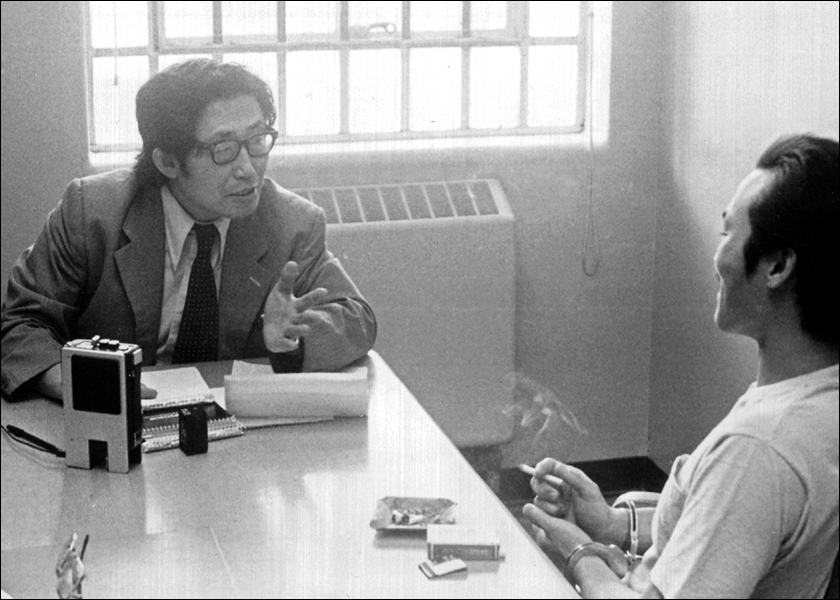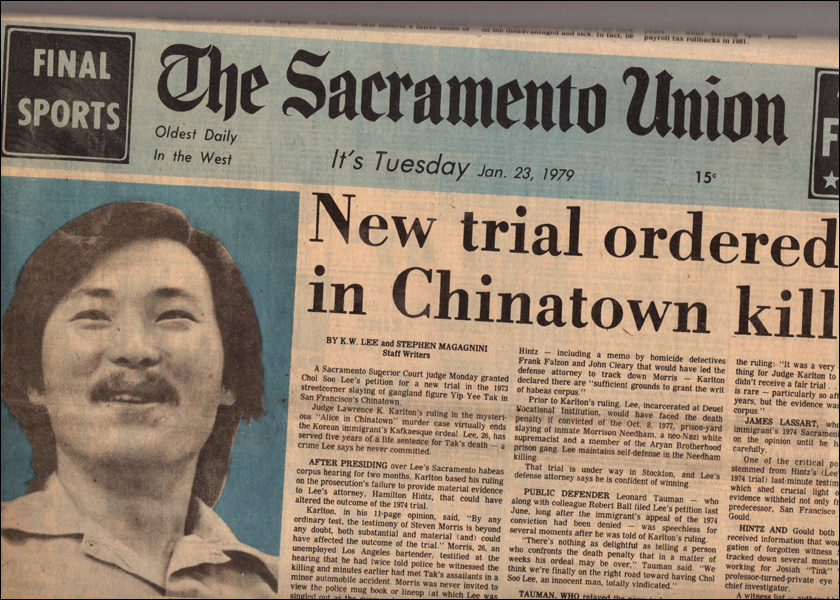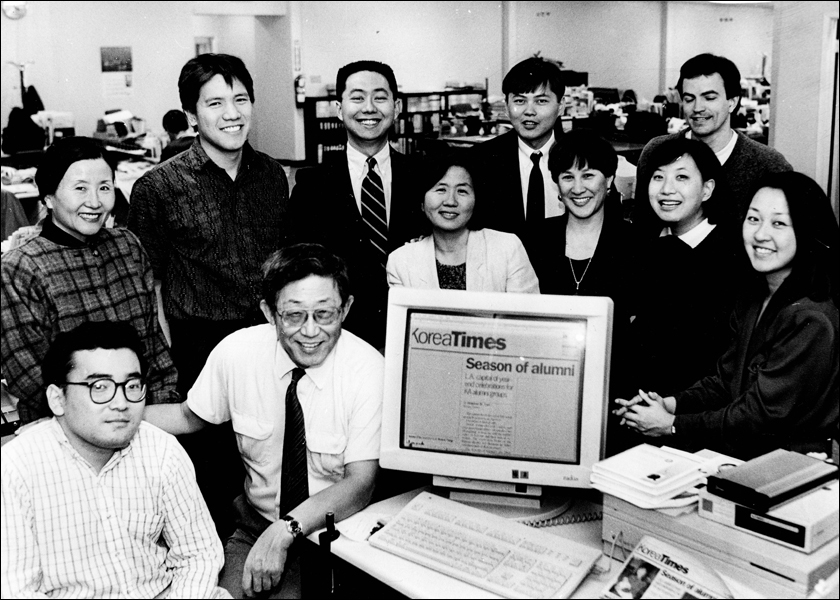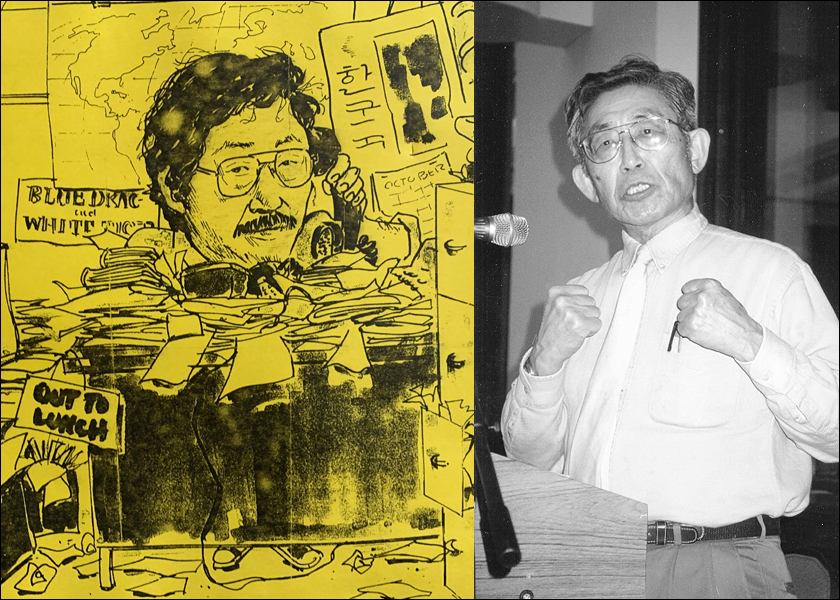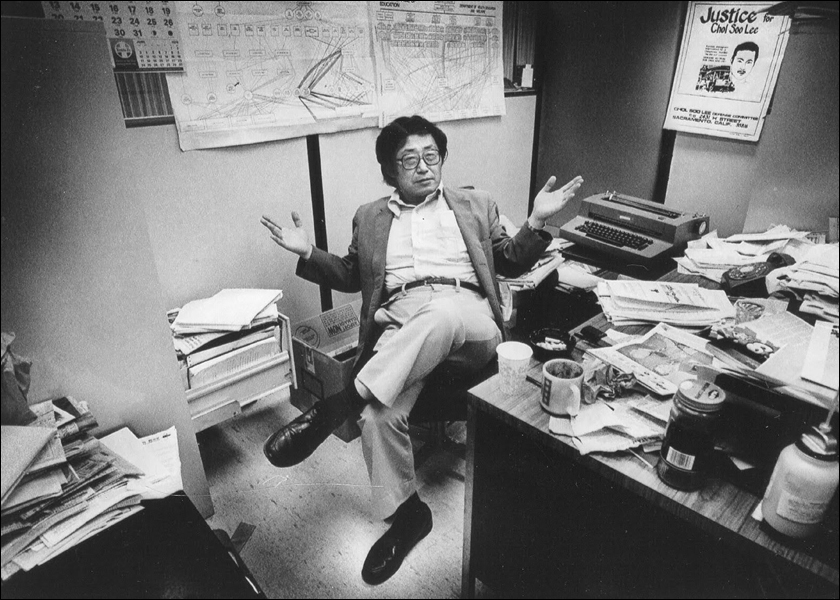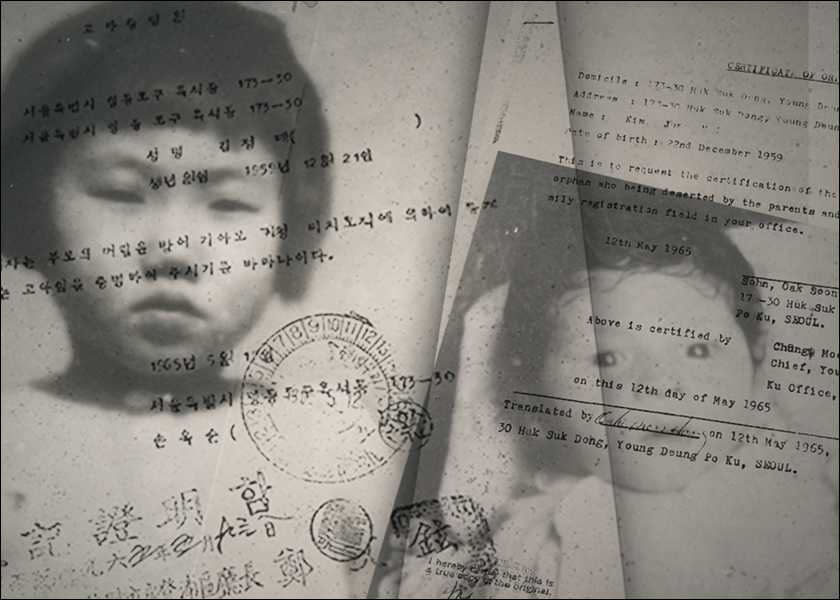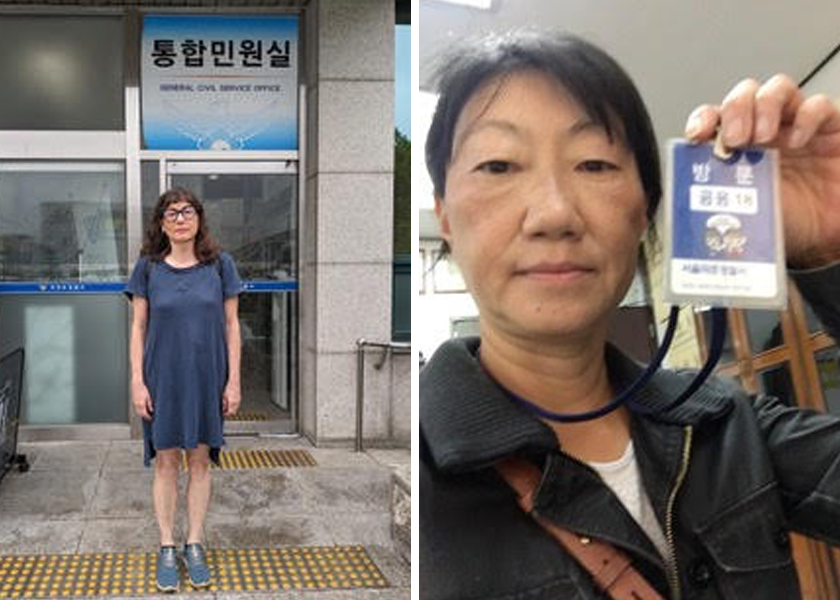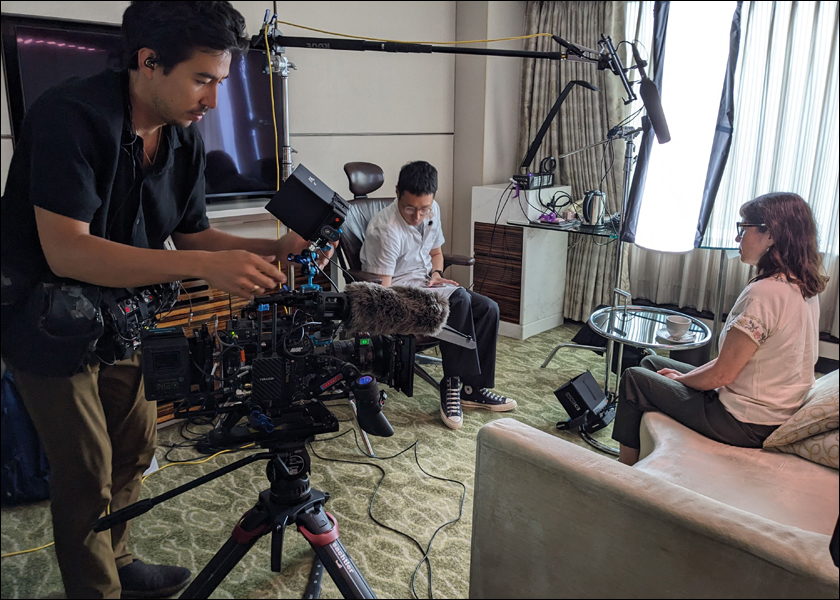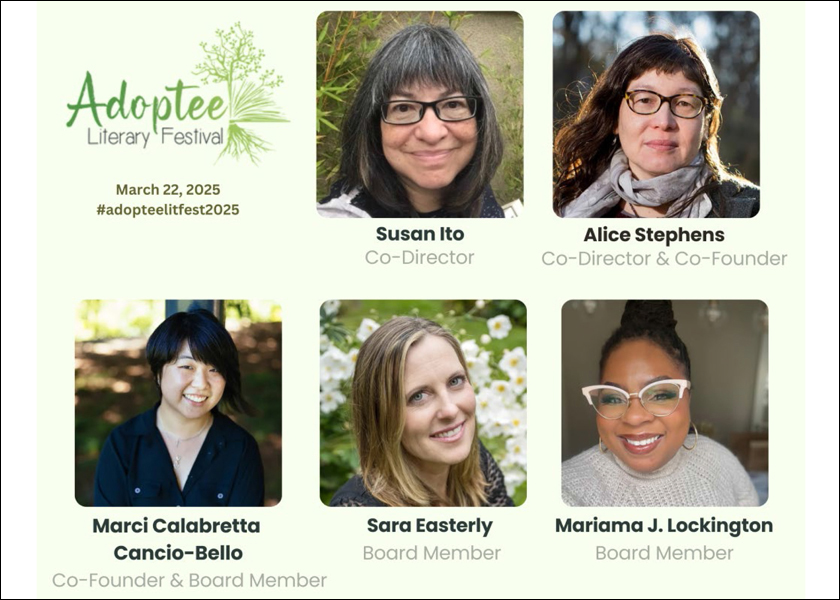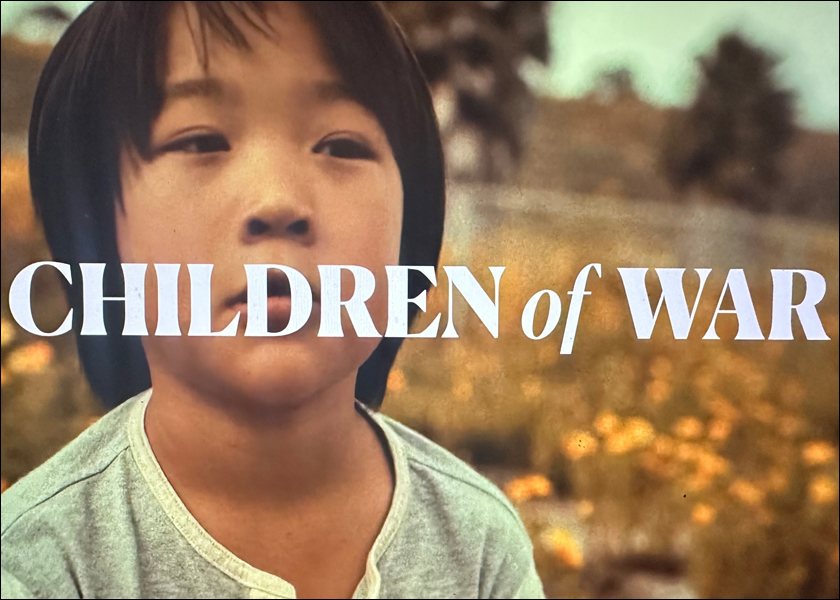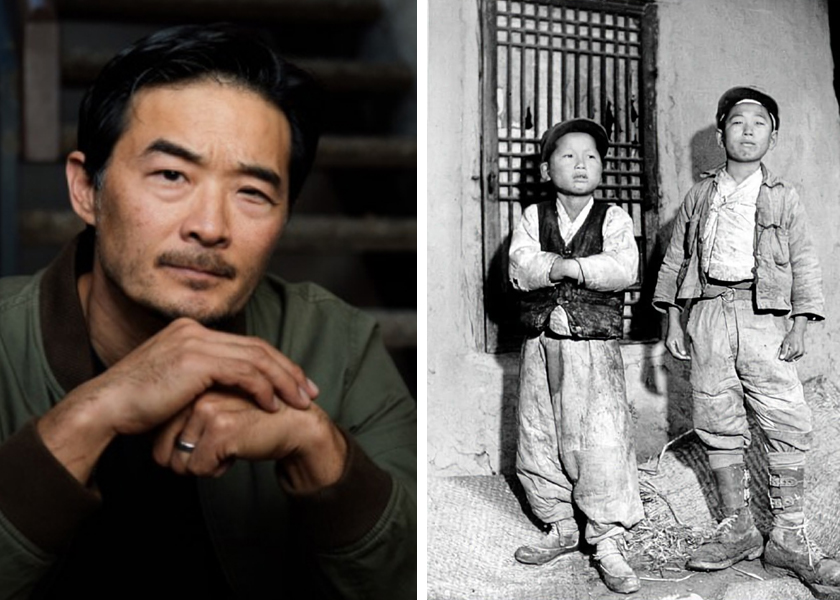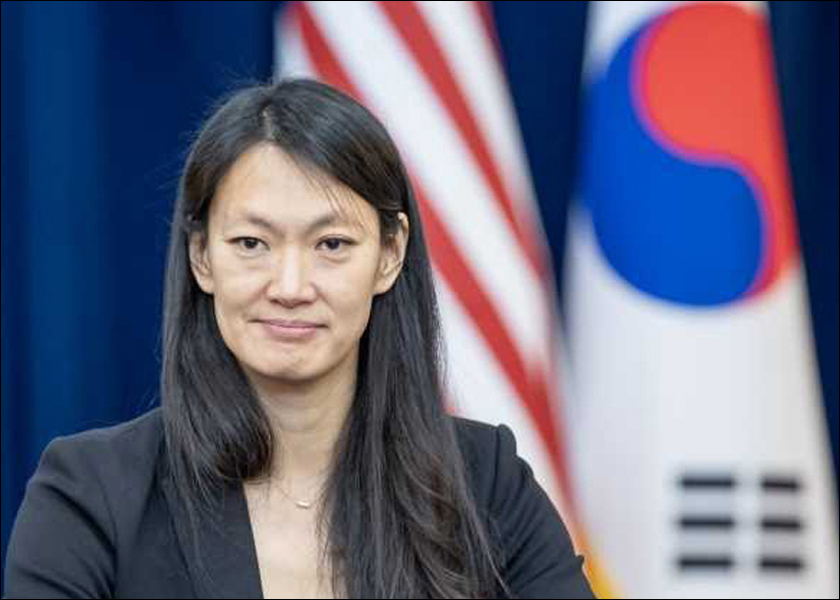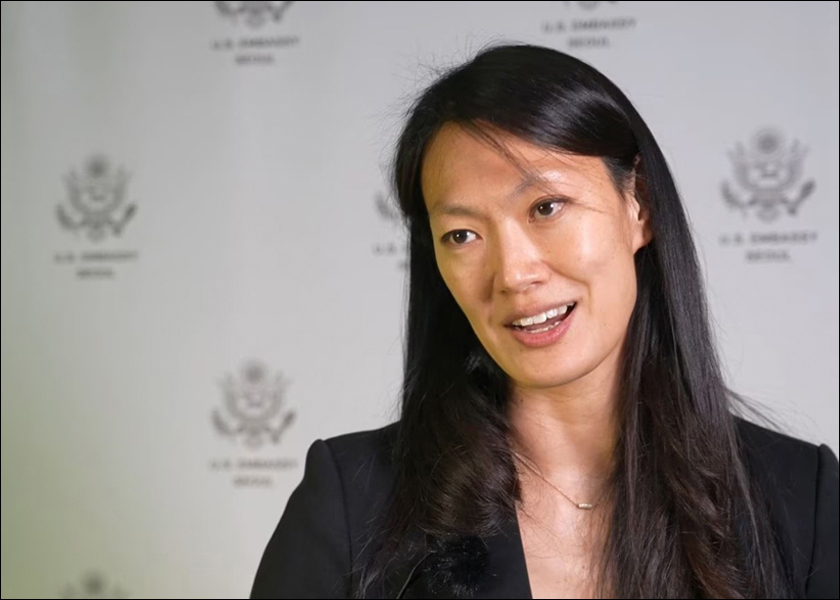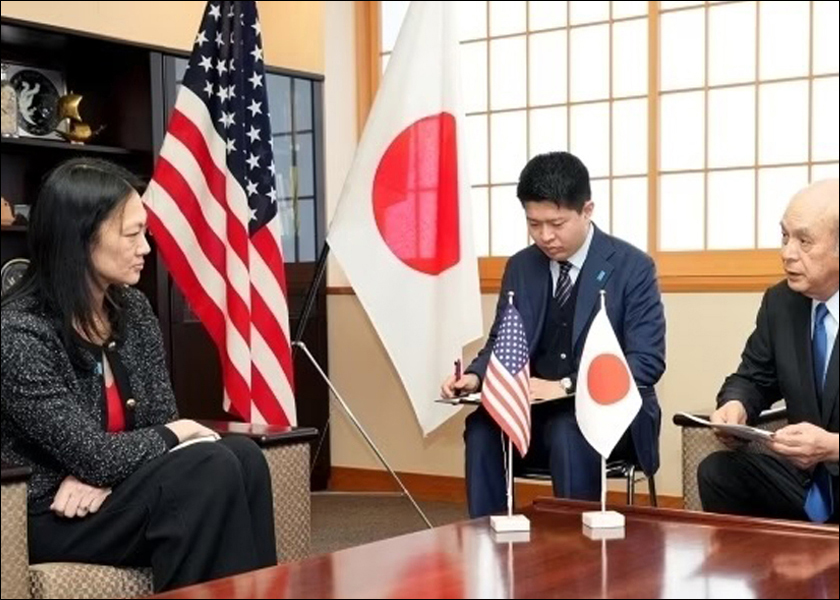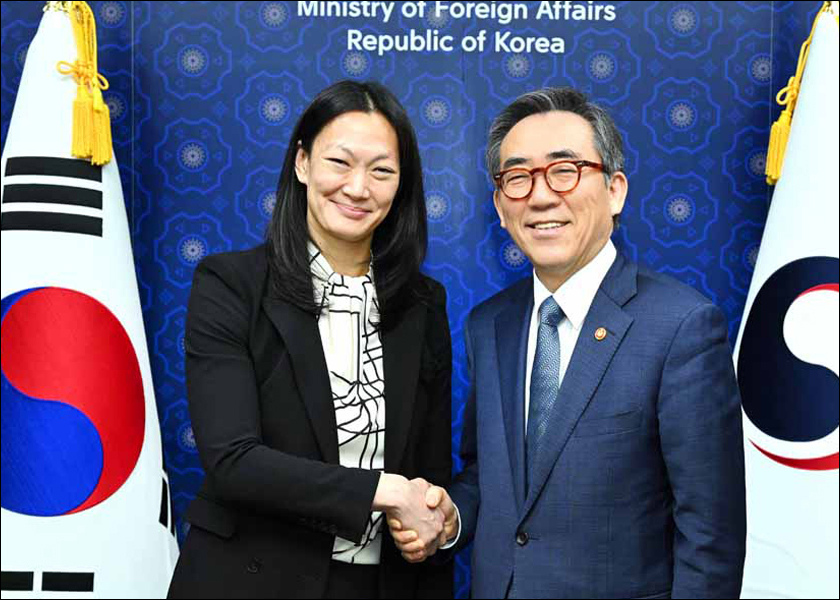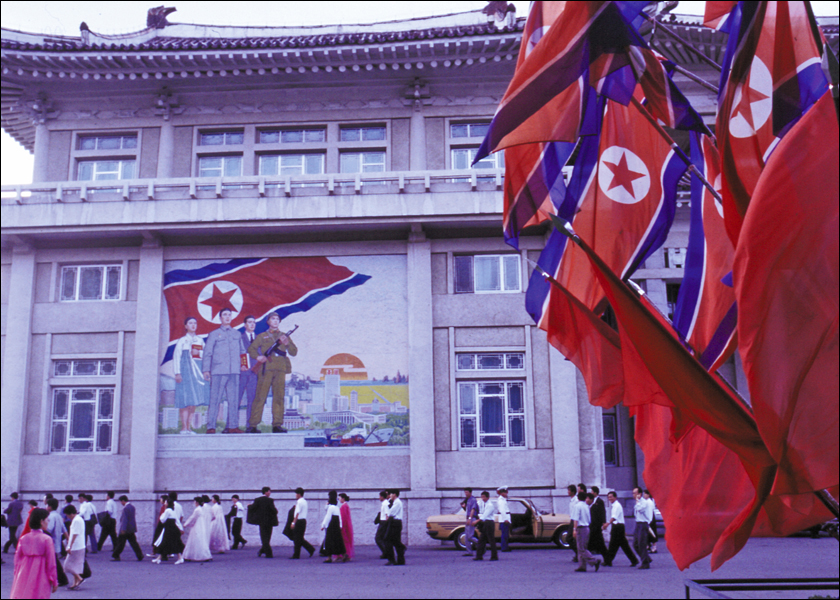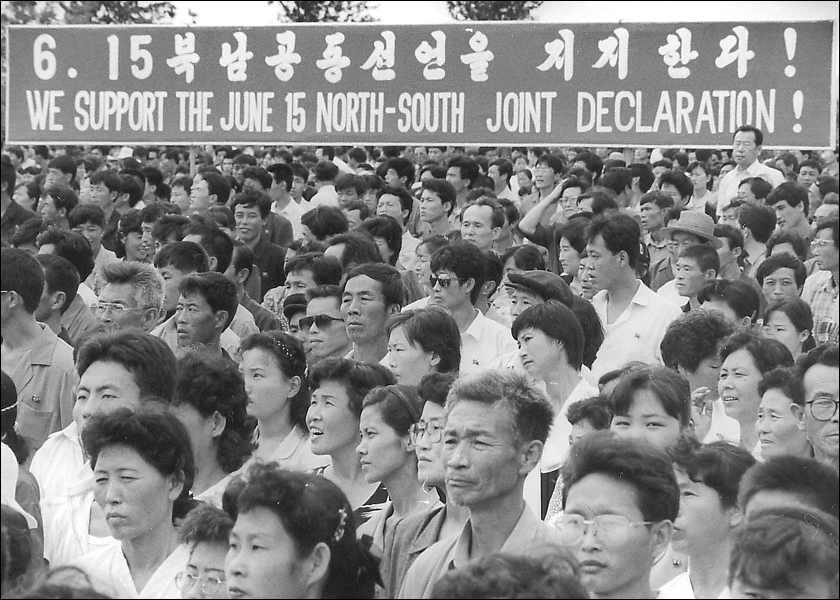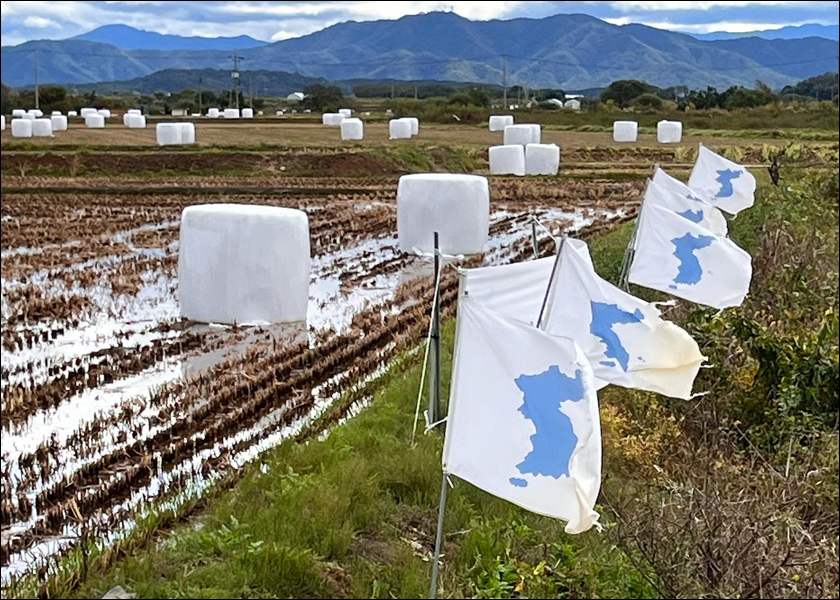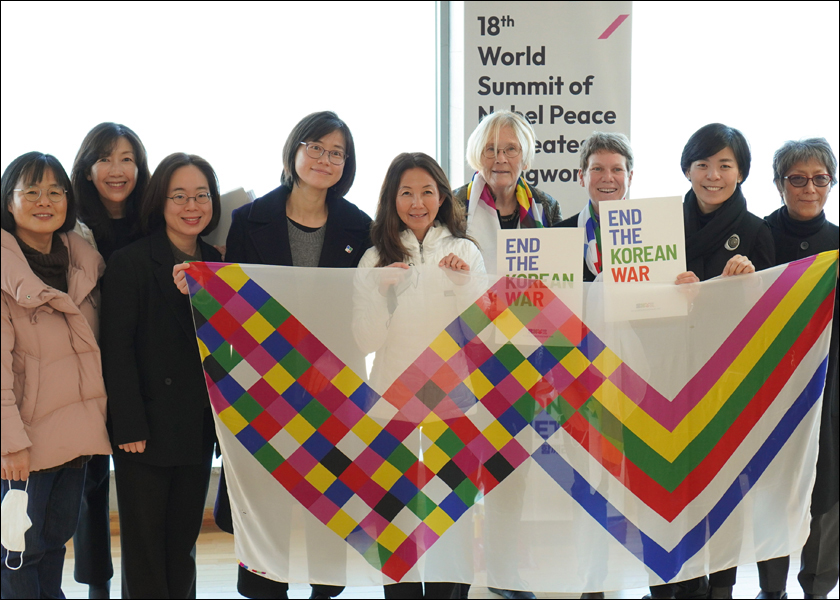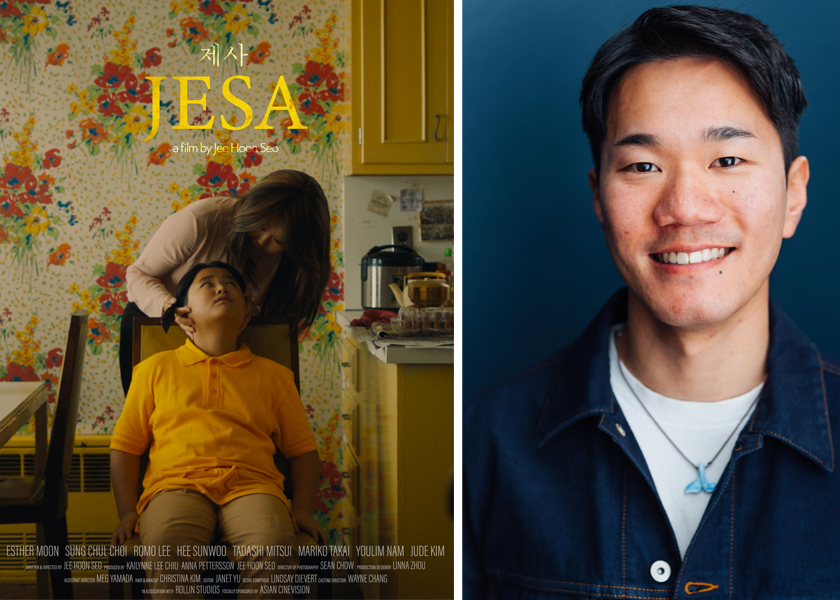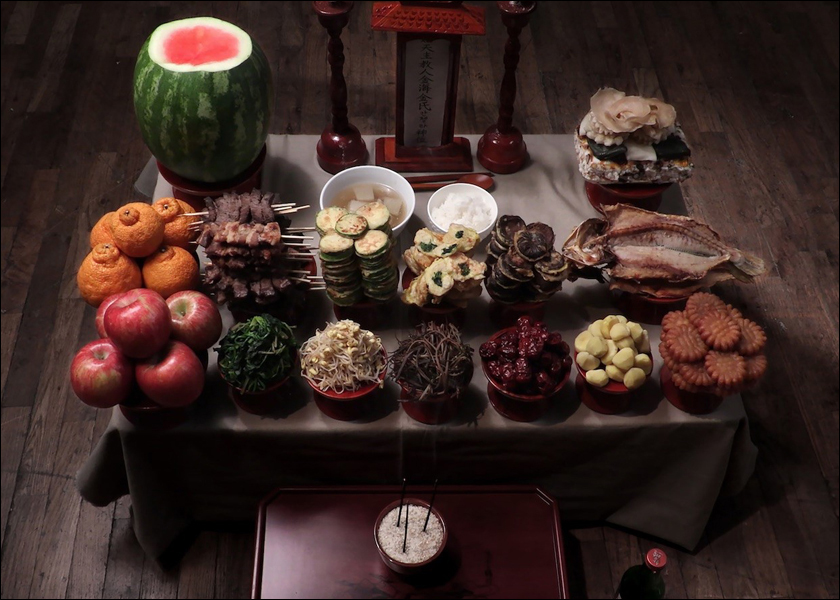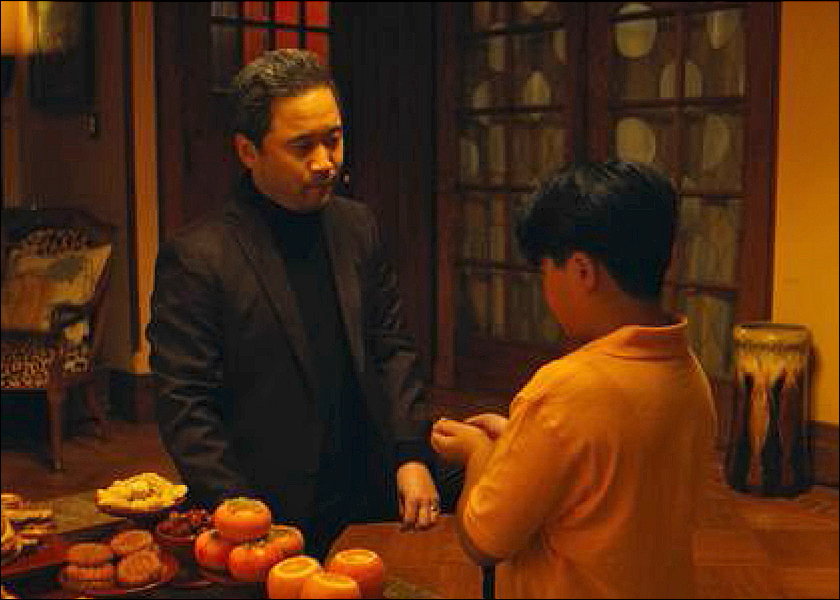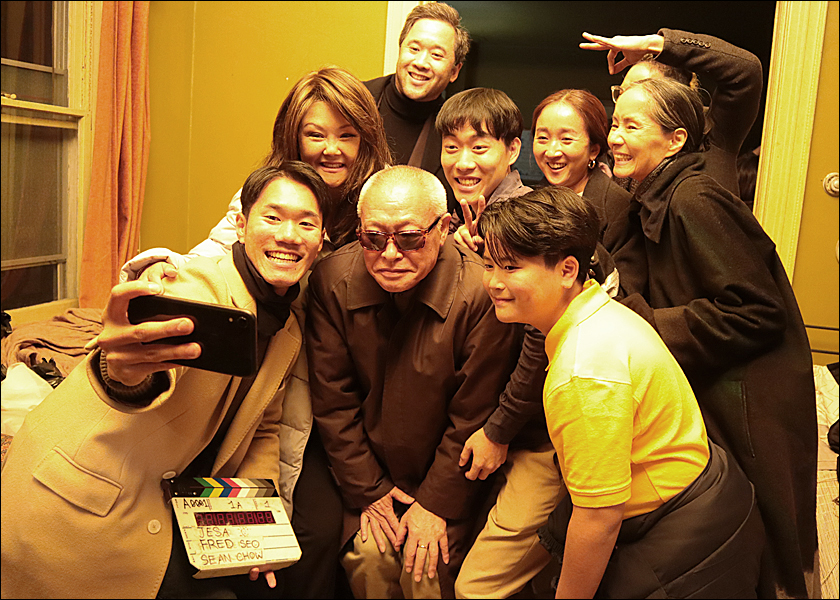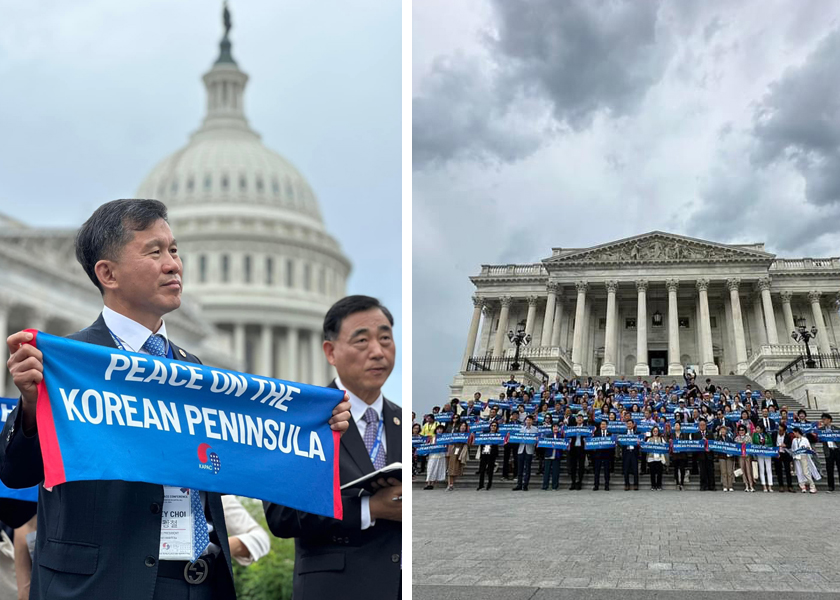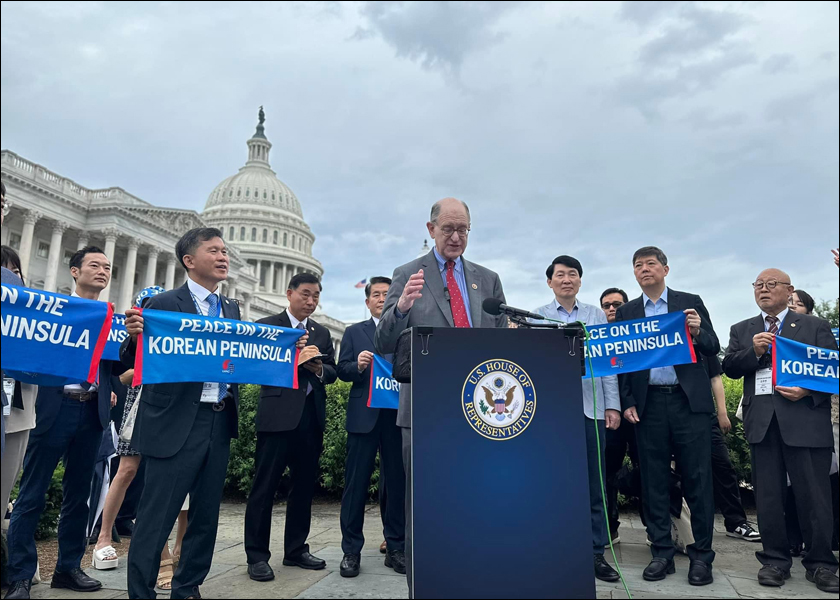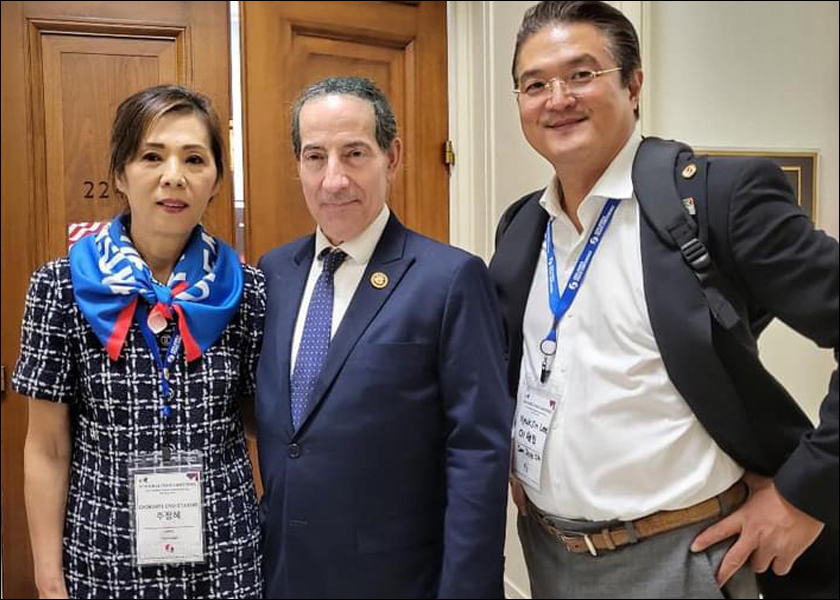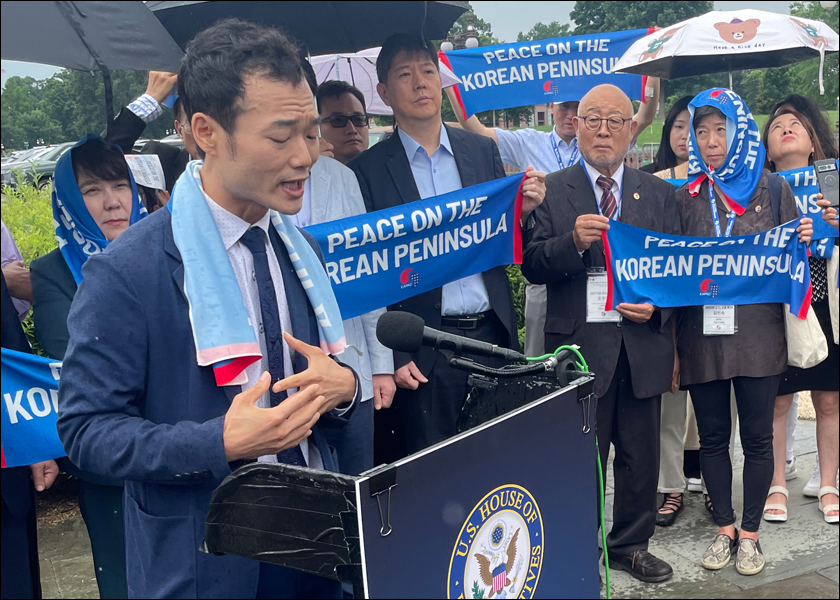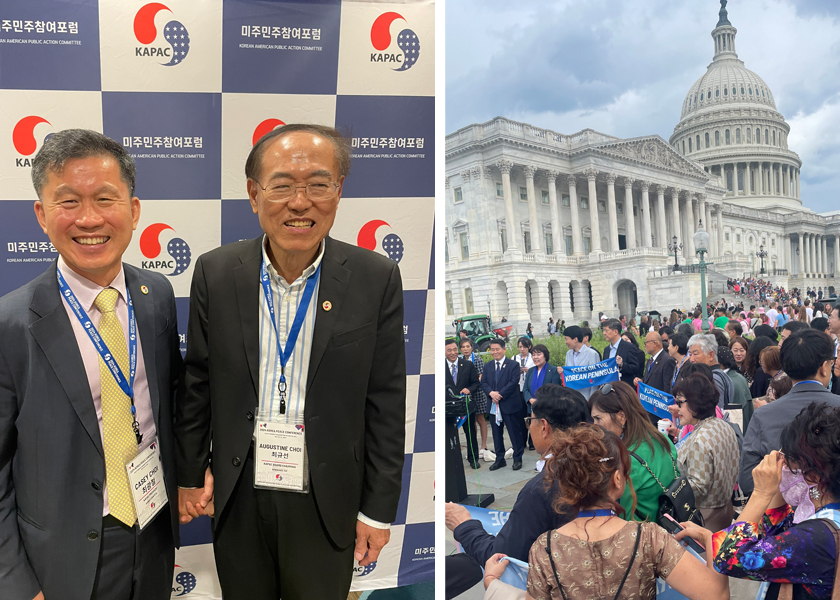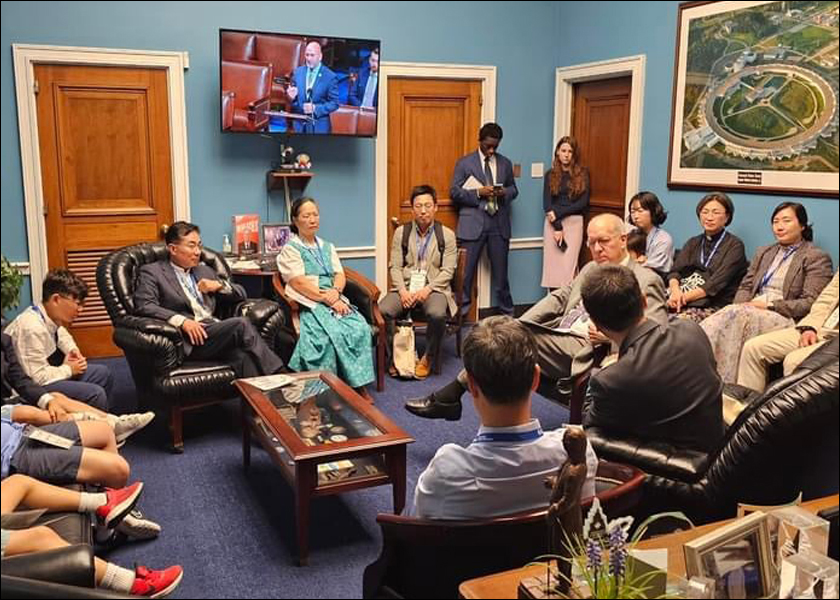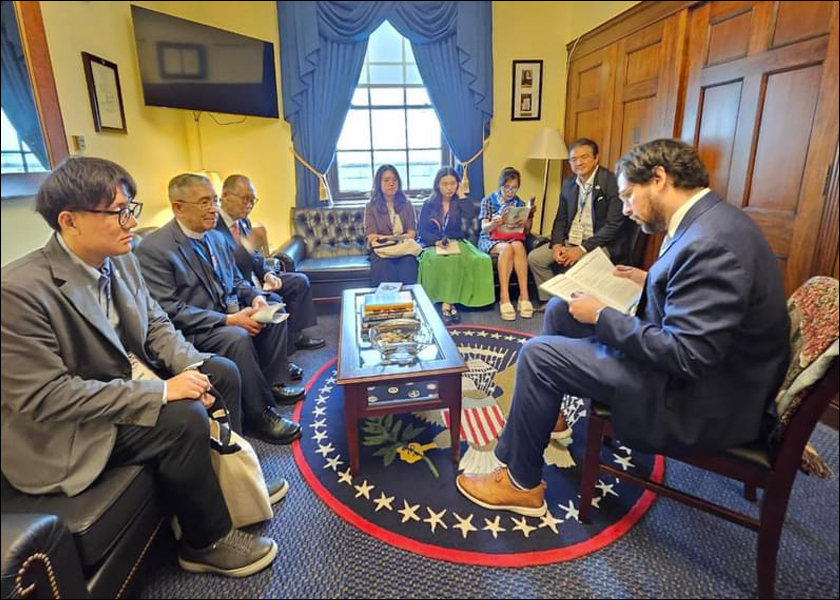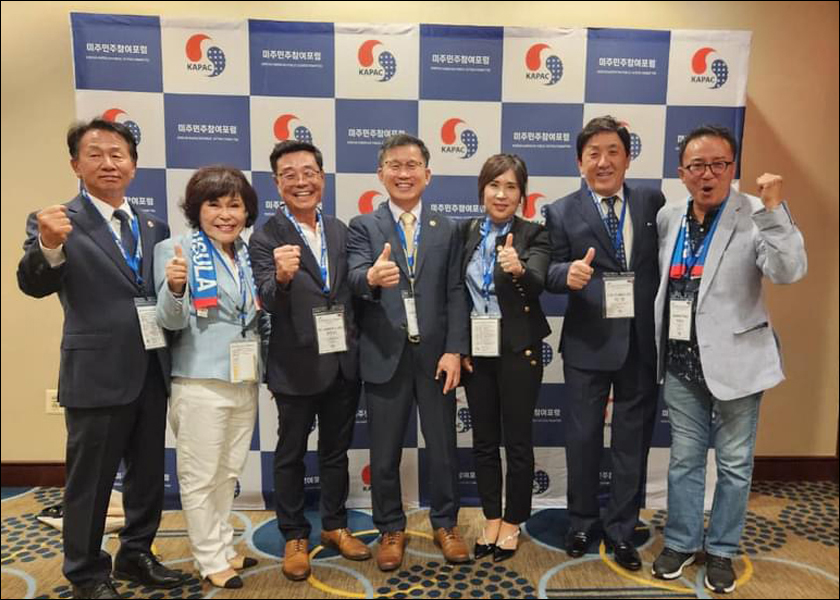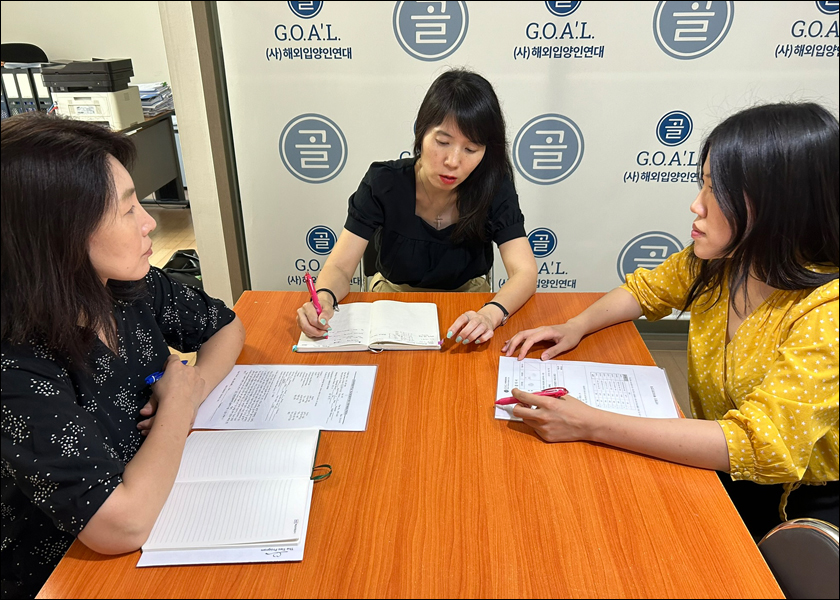Organization to hold 30th annual gala promoting higher education for Korean American Minnesotans | By Martha Vickery (Spring 2025)
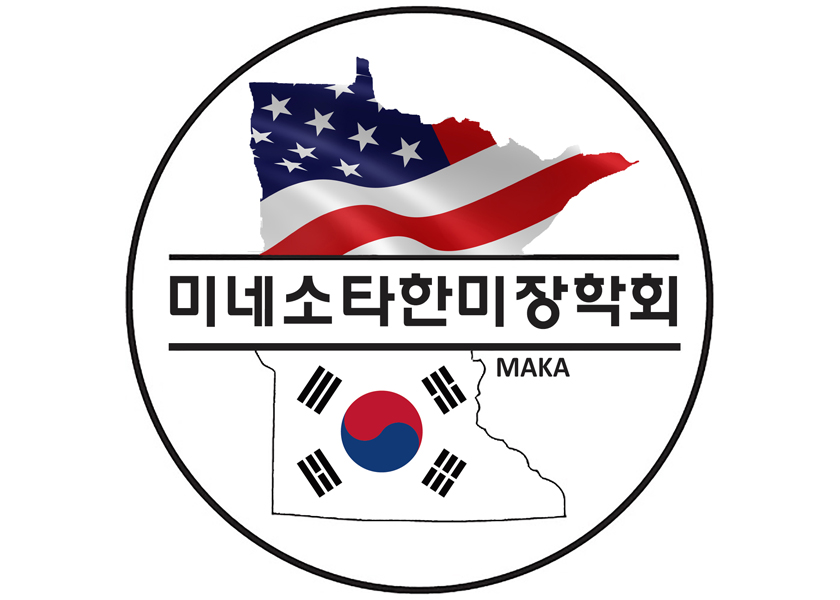
The Minnesota Association for Korean Americans (MAKA) will, for the 30th year, show its support of college-bound Korean Americans with its annual Celebrating Tomorrow Scholarship Gala, to be held April 13, when 22 Korean American high school seniors will be awarded $1500 scholarships.
Because of the anniversary, this year is special, according to President Eunah Oh. Early board members will be called on to relate the history of the organization, and letters from Governor Tim Walz, the Consul-General of South Korea Junghan Kim, and Korean American community organizations will be read and recognized. They will also recognize long-time MAKA board members and one veteran board member, John Palmer, will relate the organization’s history.
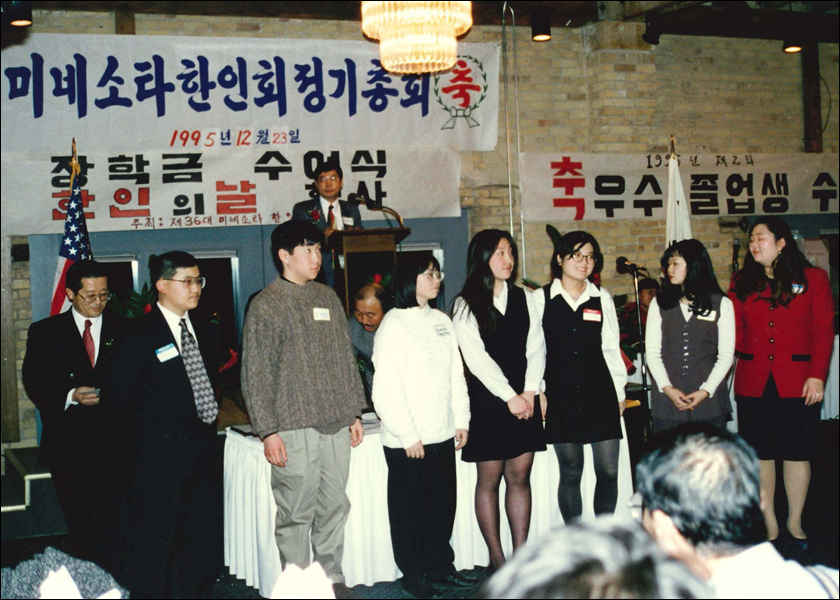
MAKA formed in the mid-‘90s and had its first sponsorship gala in 1995. The organization was founded after a group including members from Korean Presbyterian Church got together to fundraise for scholarships for college-bound high schoolers. In 2001, the group invested “a chunk of money” into a Minneapolis Foundation program to fund a scholarship organization, according to President Eunah Oh.
Annually, about $8,000 or $9,000 is given out from the earnings of this fund, Oh said. Other organizations also donate and fund their own scholarships through MAKA’s awards process, she said. In its history, the organization has awarded $385,000 in scholarships.
The Korean Association of Minnesota, Korean Presbyterian Church of Minnesota, and the Minnesota chapter of the Seoul National University Alumni Association have also each sponsored a scholarship recipient this year. Individuals also donate funds under their own name or the name of a loved one. The board members do the work of the organization as volunteers, Oh said, so all donations go directly to scholarships.
Annually, there are about 25 to 30 applicants, and MAKA tries to award scholarships each year to at least 12 recipients, Oh said. The organization gives out more scholarships if the recipients are similarly qualified. This year, there was a larger group of top scorers, she said, so they added more recipients, for a total of 22.
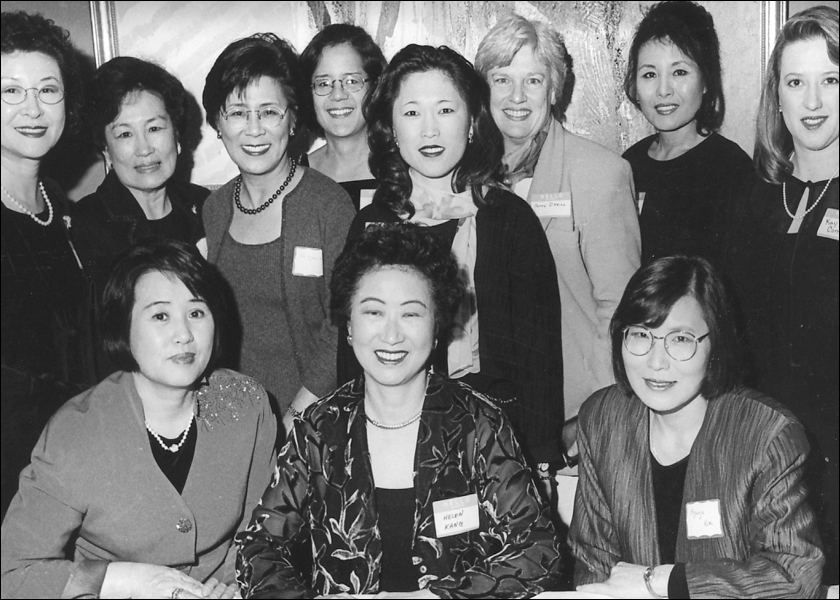
The group has always reached out to Minnesota’s high number of Korean adoptees, and adoptive parents and adult Korean adoptees have volunteered in the organization and on the board of directors. “Some scholarship sponsors want their recipient to be a Korean adoptee,” Oh added.
Founded as the Mothers’ Association of Korean Americans, MAKA’s Selection Committee during its first year sent application packets to greater Twin Cities area high schools, and awarded eight students each a $500 scholarship. The website notes that, through the years, MAKA also hosted other fundraising events such as concerts, golf tournaments, a Korean American cookbook, wine tastings and auctions. The organization was renamed Minnesota Association of Korean Americans in 2006.
Notable performers at the MAKA gala include award-winning violinist Sarah Chang in 1999 and famous opera singer soprano Sumi Jo in 2001.
At this year’s event, there will be musical performances, a dinner, the presentation of scholarships, and a speech from this year’s mentor, Catherine Kim, the executive vice-president of editorial for NBC News. Kim grew up in Minnesota and is also a scholarship sponsor.
To qualify for the $1,500 scholarship, applicants must be a U.S. citizen or permanent resident, be a high school senior in the year of scholarship award, be 25 percent or more ethnically Korean, and have a 3.0 gradepoint average or better, according to the MAKA website. An extra $500 is awarded to the top applicant, top essay writer, and top athlete. Awardees must also be able to attend the awards ceremony.
Because the organization started giving out scholarship grants 30 years ago “some of the recipients are nearly 50 years old now” Oh added. The gala event also includes a mentor speaker, and some of those speakers were also former recipients, she said.
The organization has been able to grow organically due to involvement by families of former recipients or by the recipients themselves to give back to an organization that gave them a boost during their first year of college.
Her family is typical, Oh said. Someone approached her when her daughter was a junior in high school and asked if her daughter would like to apply for the scholarship. After her daughter was awarded the scholarship, Oh decided to volunteer with the organization. Oh has served as the president since 2018, and will resign as president soon, but still wants to be a volunteer, she said.
The students who were once recipients often grow up to be future scholarship sponsors, Oh said. In that way, the organization perpetuates itself by allowing community members to both give back and pay it forward. “My daughter was a recipient in 2016, and now she has become a sponsor,” Oh said. “That happens a lot.”
The 2025 Celebrating Tomorrow Annual Scholarship Gala will be held Sunday, April 13 at the Hilton Minneapolis, 1001 Marquette Avenue, Minneapolis, with reception at 5 p.m., 5:30 opening remarks, followed by dinner, keynote speech, and the scholarship presentation ceremony. There will also be a performance by the K-Breeze Korean Children’s Choir. For more information, contact MAKA at: maka.scholarship@gmail.com or phone: 763-218-6949.
Ticket information: Registration: https://forms.gle/LWTMmkaUkDiFueqx7 , and payment link on Venmo: @Doug-Park-108 (last 4 digits of phone number for confirmation 7229)


